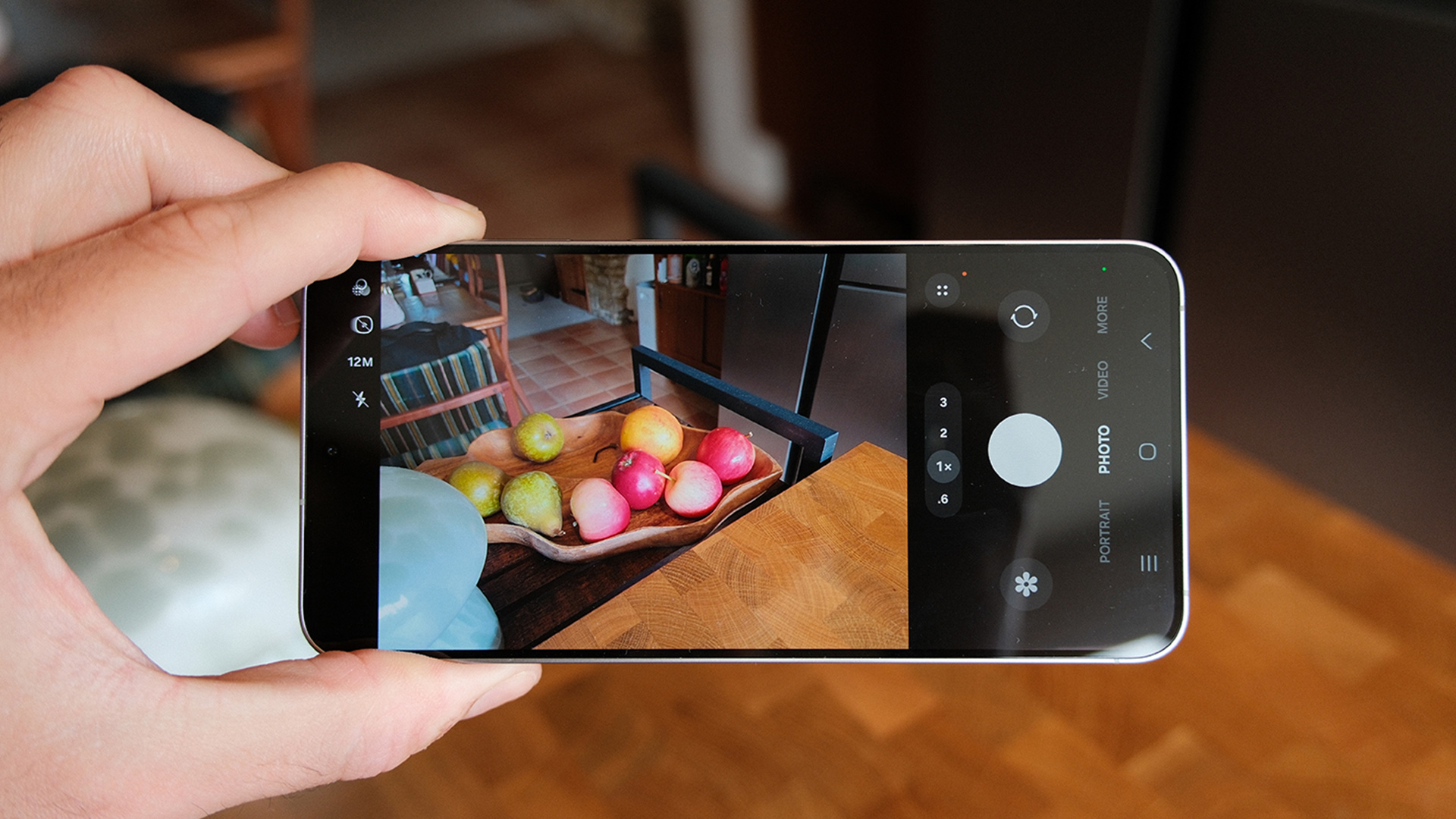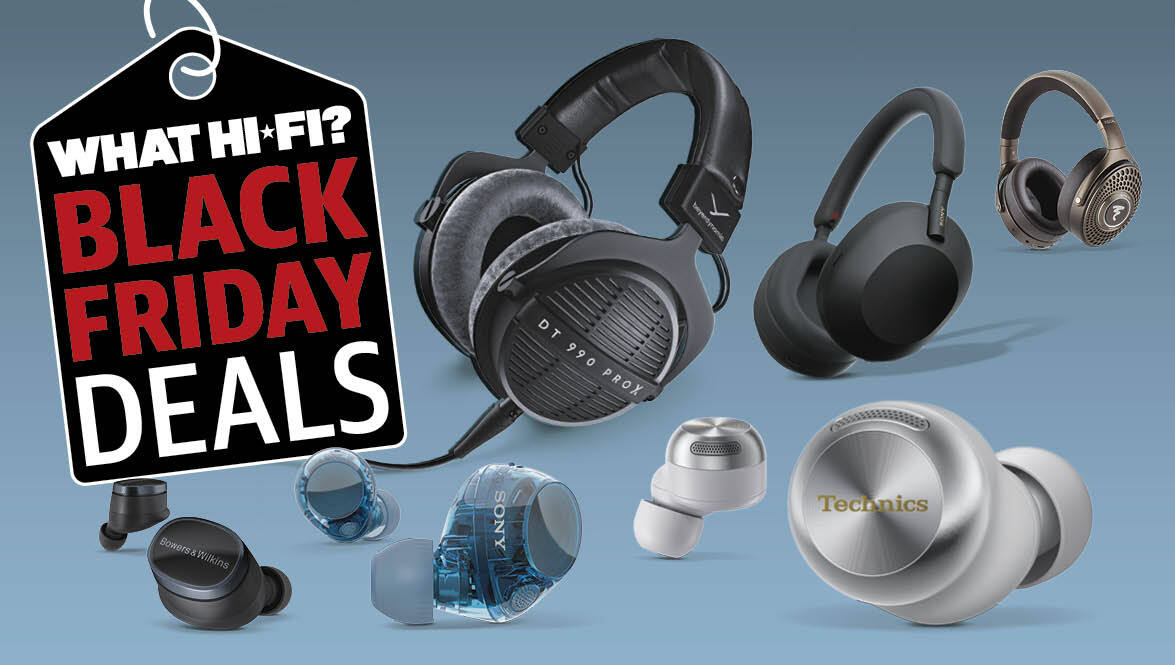What Hi-Fi? Verdict
A strong, premium flagship for those who’d rather not be in the Apple camp – though its iPhone rival is a tad more refined in some areas
Pros
- +
Solid listening experience
- +
Vibrant, detailed display performance
- +
Strong battery life and fast charging
Cons
- -
Sound lacks the subtlety of its Apple rival
- -
Picture performance trails the iPhone 16 Plus slightly
- -
Some minor motion judder in demanding content
Why you can trust What Hi-Fi?
Nestled between the more affordable Galaxy S25 and the feature-packed Galaxy S25 Ultra, the Galaxy S25 Plus offers a compelling proposition for those seeking flagship performance without the premium of Samsung's top-tier device or the commitment to the S Pen stylus.
From £999 / $1000 / AU$1449 for the 256GB model, the Galaxy S25 Plus sits directly alongside Apple's iPhone 16 Pro in terms of pricing, making the comparison between these two flagships almost inevitable.
For many people, the choice between Android and iOS ecosystems will have already been made, but for those sitting on the fence or considering a switch, the Galaxy S25 Plus presents a strong case for Samsung's vision of premium smartphone design.
The question, as always with incremental smartphone updates, is whether Samsung has done enough to justify the upgrade from previous generations – and more importantly, whether it can hold its own against increasingly competitive rivals in the premium smartphone space.
Price
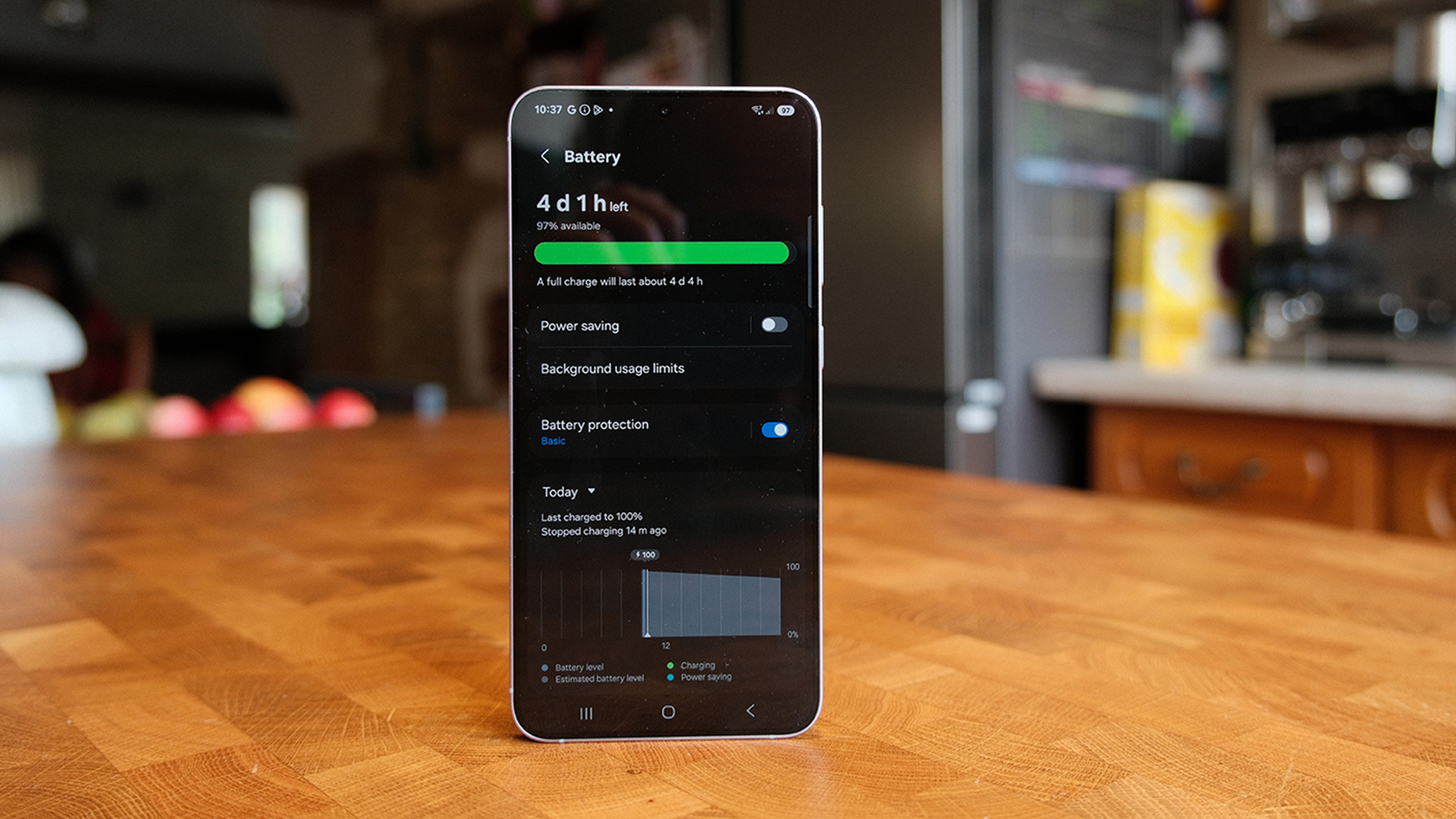
The Galaxy S25 Plus starts at £999 / $1000 / AU$1449 for the 256GB model, with a 512GB variant available for £1099 / $1120 / AU$1649. In the UK, the prices have currently dropped to £899 and £999, respectively.
This pricing puts it in direct competition with Apple's iPhone 16 Plus and around the same ballpark as Google's Pixel 9 Pro – all while offering a significant saving over Samsung's own Galaxy S25 Ultra.
For context, this positions the Galaxy S25 Plus as a premium mid-flagship – more expensive than Samsung's base Galaxy S25, but considerably more affordable than the top-tier Ultra variant.
The latest hi-fi, home cinema and tech news, reviews, buying advice and deals, direct to your inbox.
The pricing strategy makes sense, offering buyers most of the premium features without paying for the Ultra's additional camera capabilities and S Pen functionality that many users will never fully utilise.
Crucially, Samsung's base model also offers double the storage of its iPhone 16 Pro rival. Apple’s offering starts with a frustratingly stingy 128GB for the same price as the base 256GB Galaxy S25 Plus. This makes the Galaxy S25 Plus particularly compelling for users who prefer owning their media files and rely on local storage for high-quality playback.
Build
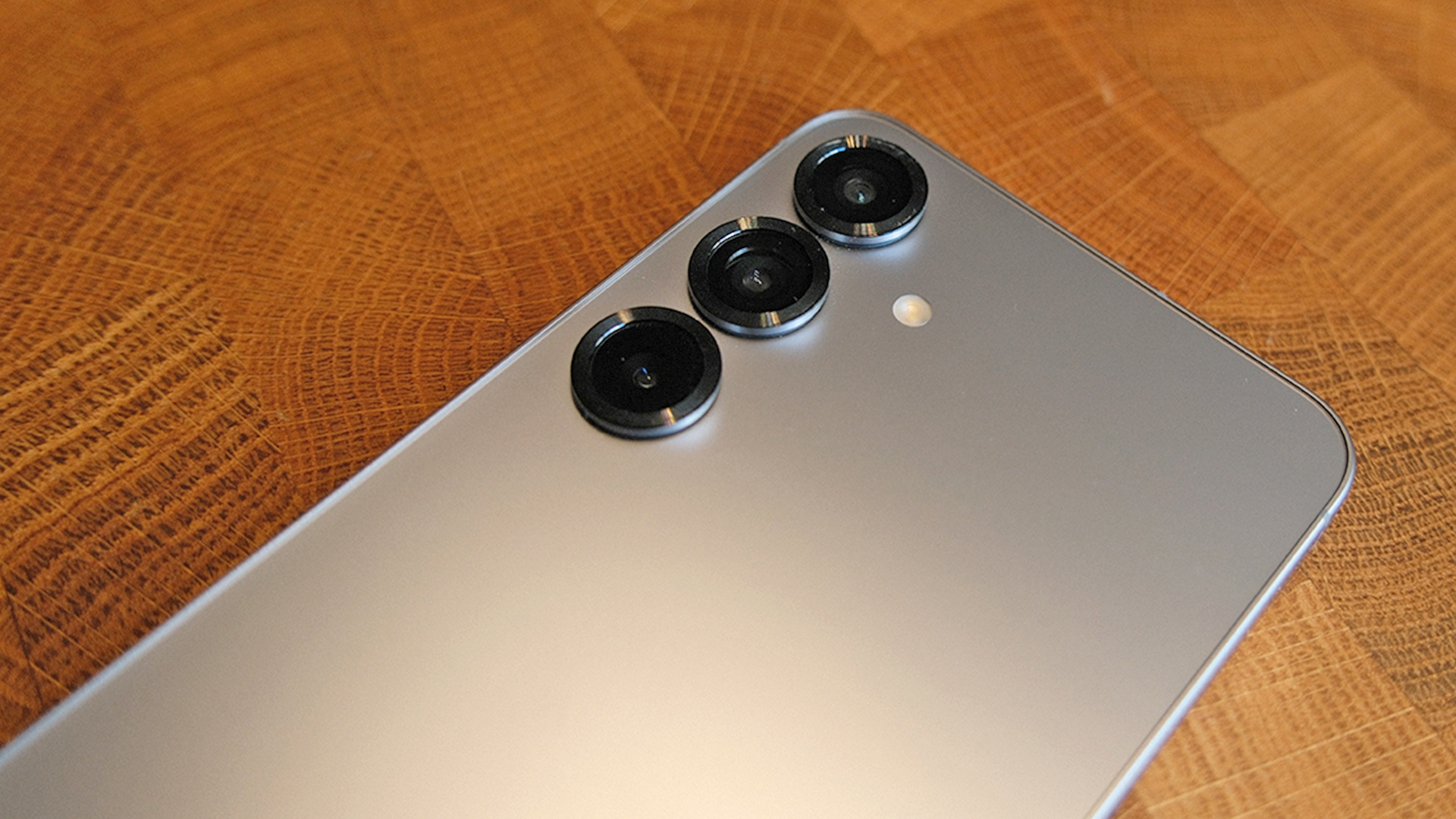
Samsung has crafted something rather covetable with the Galaxy S25 Plus's design and build quality – at least, in a world where smartphone design innovation has all but stagnated.
While there’s nothing unexpected or groundbreaking, the device feels beautifully well-made and premium in the hands, with a quality that rivals Apple's own iPhone construction. The rounded aluminium frame, combined with a gorgeous frosted glass back, creates a smartphone that's a joy to hold and use daily.
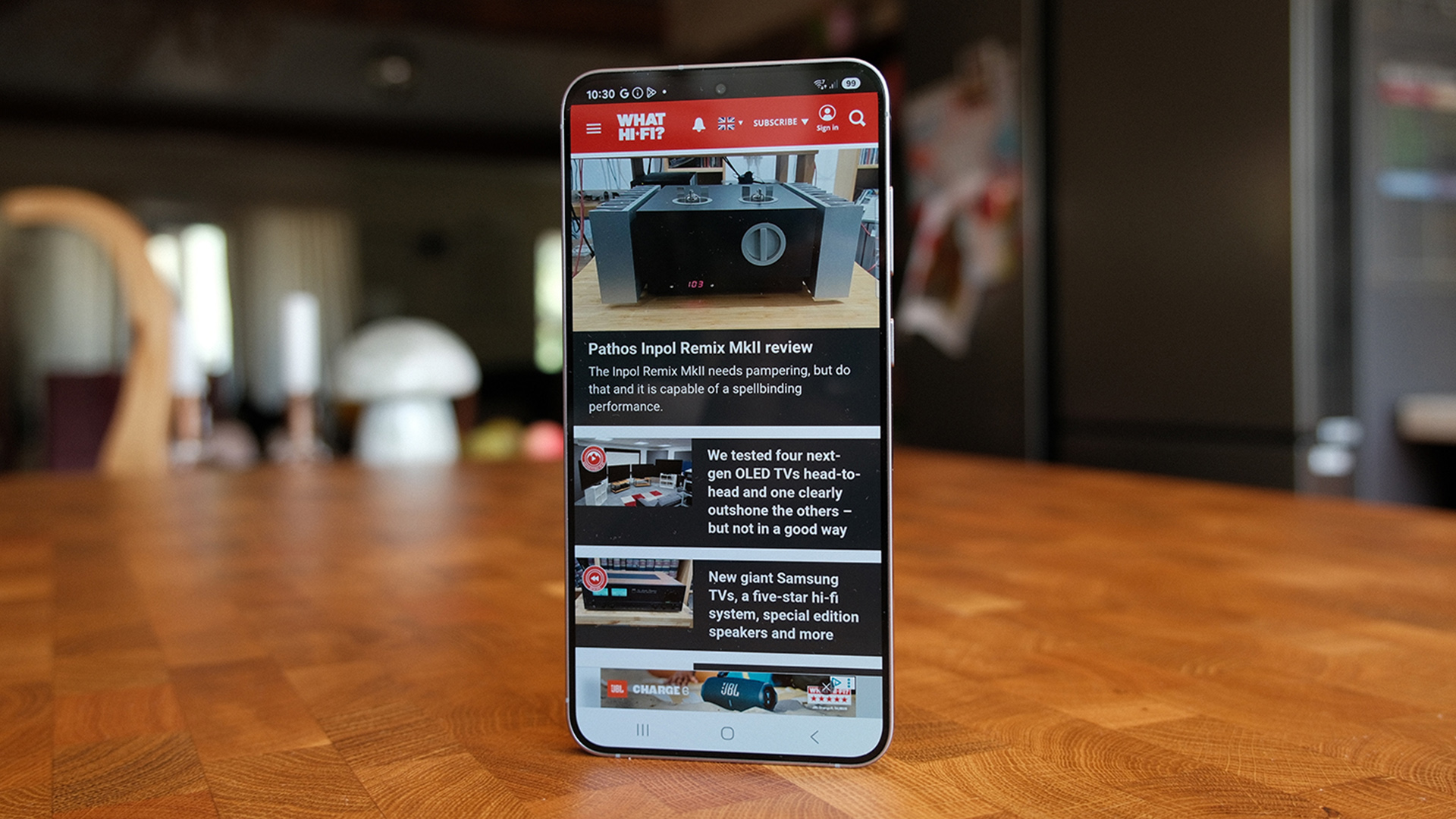
Screen size 6.7-inch
Screen type Dynamic LTPO AMOLED, 120Hz
Screen resolution 1440 x 3120 pixels (513 ppi)
Finishes Icy Blue, Mint, Navy, Silver Shadow, Pink Gold, Coral Red, Blue Black
Operating system Android 15 (One UI 7)
Storage 256GB / 512GB
RAM 12GB
Purists will also particularly appreciate Samsung's attention to symmetry – the rear camera lenses are perfectly aligned, unlike some Android smartphones that seem to throw symmetry out the window when it comes to camera placement. This might seem like a minor detail, but it contributes to the phone's overall sense of refinement and considered design.
The frosted glass back deserves special mention as a particularly pleasant finish. Beyond its attractive appearance, it proves resistant to fingerprints and smudges, maintaining that fresh-from-the-box appearance long after the new gadget feeling wears off.
Our only real criticism of the design centres on the absence of a dedicated shortcut button – an increasingly popular feature on new smartphones. A programmable button could open frequently used apps such as Spotify or Netflix, or even serve as a camera shutter button for photography enthusiasts.
While this omission doesn't detract from the overall build quality, it does feel like a missed opportunity in an otherwise polished design.
Features

The Galaxy S25 Plus arrives with a comprehensive suite of AV-focused features that should appeal to entertainment enthusiasts.
At its heart sits a 6.7-inch Dynamic AMOLED display with a variable refresh rate spanning 1Hz to 120Hz, supporting HDR10, HDR10+ and Dolby Vision formats. The screen delivers a crisp 1440 x 3120 resolution with 498 pixels per inch.
Audio capabilities include stereo speakers with Dolby Atmos support, though as expected, there's no headphone jack – users will need to rely on USB-C adapters or wireless connectivity. Bluetooth 5.4 with high-quality codecs is also on the cards.
Powering the device is Qualcomm's Snapdragon 8 Elite for Galaxy processor – a slightly overclocked version of Qualcomm's flagship chipset.
This is a significant upgrade for UK and European buyers, who previously received Exynos variants that often lagged behind their Snapdragon counterparts in performance and efficiency. Thank you, Samsung.
A 4900mAh battery delivers excellent all-day battery life that will easily see you through a full day of heavy usage, with some users able to stretch into a second day with more conservative habits.
The 45W wired charging and 15W wireless charging get the job done, though we wish the likes of Samsung, Google, and Apple would catch up with other smartphone manufacturers, such as Oppo, Nubia, and Xiaomi. Those less mainstream brands all offer much faster charging, from 65W to 120W.
Galaxy S25 Plus storage options include 256GB and 512GB variants, both paired with 12GB of RAM, though there's no microSD expansion available.
Camera duties are handled by a familiar triple-lens set-up – a 50MP main sensor, 12MP ultrawide, and 10MP telephoto with 3x optical zoom.
While Samsung hasn't upgraded the camera hardware from previous generations, improved processing delivers reliably excellent results across various shooting conditions. Daylight photography produces sharp, vibrant images with good dynamic range, while the main sensor handles low-light scenarios admirably – you'll be more than happy with selfies even in a dimly lit pub.
The 3x telephoto provides useful flexibility for portraits and distant subjects, though digital zoom beyond this point shows the limitations of the smaller sensor. The ultrawide lens, while perfectly serviceable for group shots and landscapes, represents the weakest link in the camera array, with slightly softer detail and reduced dynamic range compared with the main sensor.
Video capabilities extend to 8K recording with solid stabilisation, making it a capable choice for content creators. Samsung's AI-enhanced photo editing tools, including object removal and generative fill features, work impressively well for quick touch-ups without the need for dedicated editing software.
Samsung's One UI 7 software brings enhanced AI features, including improved photo editing tools, real-time translation capabilities, and Samsung's ProScaler technology borrowed from the company's TV division. This feature claims to upscale video content by up to 40 per cent, though real-world improvements can be subtle depending on source material quality.
Picture

We test the Galaxy S25 Plus extensively, using both the Vivid and Natural picture modes, with the adaptive refresh rate enabled for optimal performance. The display immediately impresses, with Samsung's signature vibrant, punchy colours and the deep, rich blacks that OLED technology delivers so effectively.
The default colour temperature sits slightly on the cool side but remains pleasingly close to pure white. While most users will find the defaults perfectly acceptable, it's a simple matter to adjust the warmth manually in the display settings to suit personal preference. The comprehensive colour customisation options ensure you can tailor the visual experience to your taste.
However, direct comparison with the iPhone 16 Plus reveals some subtle but noticeable differences. The Galaxy S25 Plus lacks some of the cinematic warmth that Apple's rival provides, and we detect a slight green tint when viewing the devices side by side. This green wash isn't problematic in isolation, but it becomes apparent when scrutinising both devices simultaneously.
Contrast performance, while strong, doesn't quite match the iPhone 16 Plus's capabilities either. The Apple device delivers a more solid, three-dimensional presentation that makes content appear to pop from the screen more convincingly. The Galaxy S25 Plus offers sharp, well-defined edges, but they lack the contrast reinforcement that gives the iPhone its more substantial visual presence.
Motion handling proves mostly excellent, though we notice some judder during demanding sequences – particularly evident in the tank scene from Oppenheimer. While not desperately unpleasant and unlikely to bother most viewers in isolation, it represents another area where the iPhone 16 Plus demonstrates superior performance.
Taken on its own merits, the Galaxy S25 Plus delivers an excellent picture quality experience. It's an engaging screen for movies, gaming and general app usage, with enough display customisation options to satisfy most preferences. The minor issues we've highlighted become apparent primarily when making direct comparisons to best-in-class rivals, rather than representing fundamental flaws in Samsung's implementation.
Sound
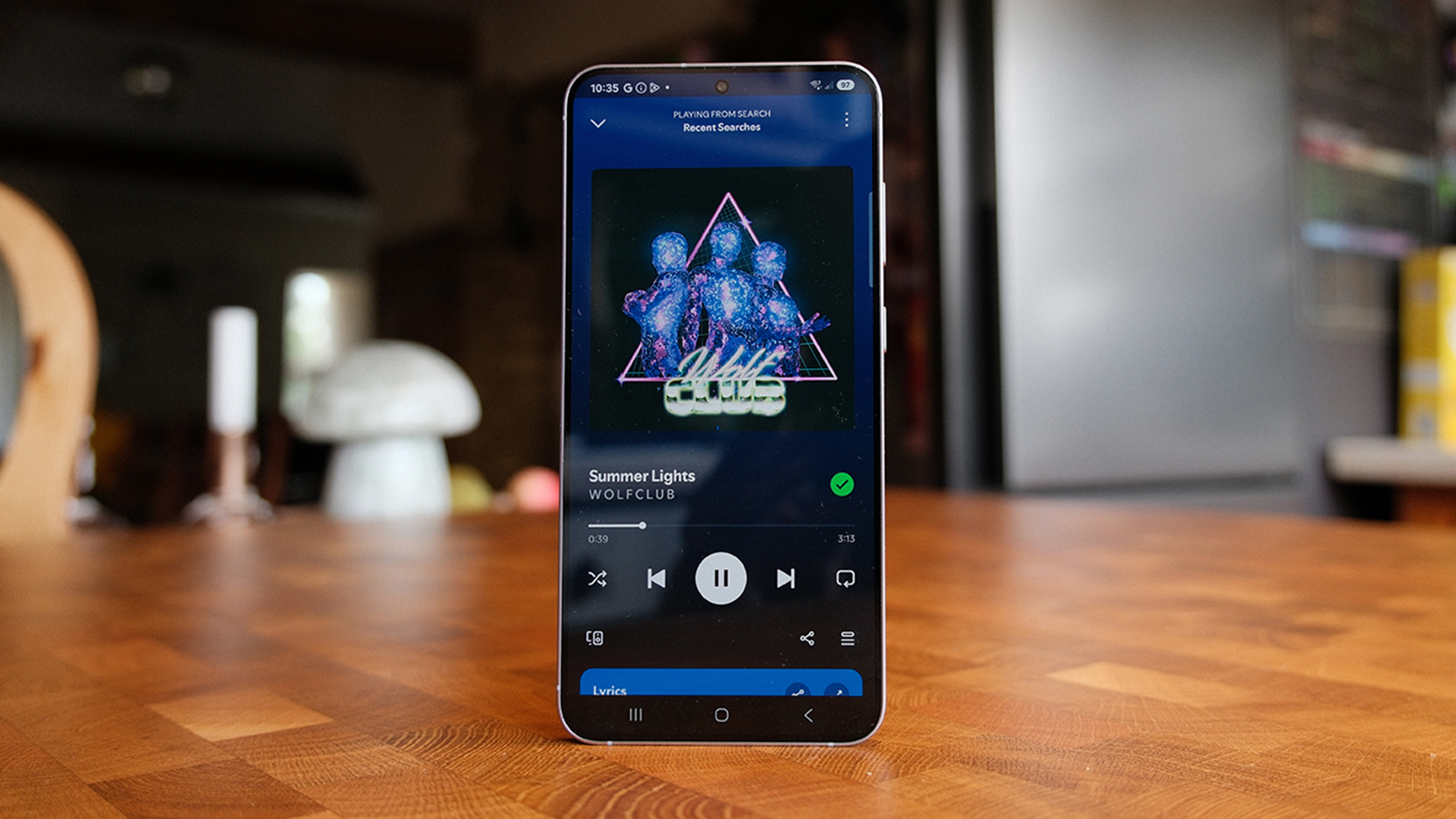
The Galaxy S25 Plus delivers a solid audio performance that's improved considerably compared with previous Samsung generations, though it still trails its Apple rival in terms of refinement and subtlety. Testing with various headphones via a USB-C to 3.5mm adapter reveals a generally pleasant listening experience with good spatial separation between instruments.
Complex tracks such as Tool's Pneuma showcase the device's ability to handle intricate arrangements, with Danny Carey's sophisticated drum sequences receiving enough separation and precision to appreciate the complex fills and hypnotising hi-hat work. The Galaxy S25 Plus demonstrates commendable control over these demanding passages.
Agnes Obel's Riverside highlights the phone's capacity for delivering spacious, airy vocals with genuine warmth, fullness and depth. The intimate acoustic arrangement benefits from Samsung's improved processing, creating an engaging listening environment that draws you into the performance.
However, bass-heavy material such as Wolfclub's Summer Lights exposes some limitations. While the low-end remains controlled and without distortion, and there's good separation between bass elements and crisp percussion, the chorus sections reveal a slight harshness in the treble frequencies. The vocals and bass can become somewhat muddied together during particularly dense arrangements.
This tendency becomes more apparent with Pendulum's Witchcraft, where the controlled bass reproduction is undermined by overly sharp highs. Cymbal crashes feel slightly harsh and somewhat unbalanced compared with other mix elements, creating a less cohesive overall presentation.
While these observations might sound overly critical, they reflect the high standards we apply to premium smartphones. Overall, the Galaxy S25 Plus serves up a very pleasant listening experience that will satisfy most users. However, compared with the iPhone 16 Plus, Samsung's device lacks the subtle detail retrieval and textural richness that make Apple's audio performance so compelling.
Verdict
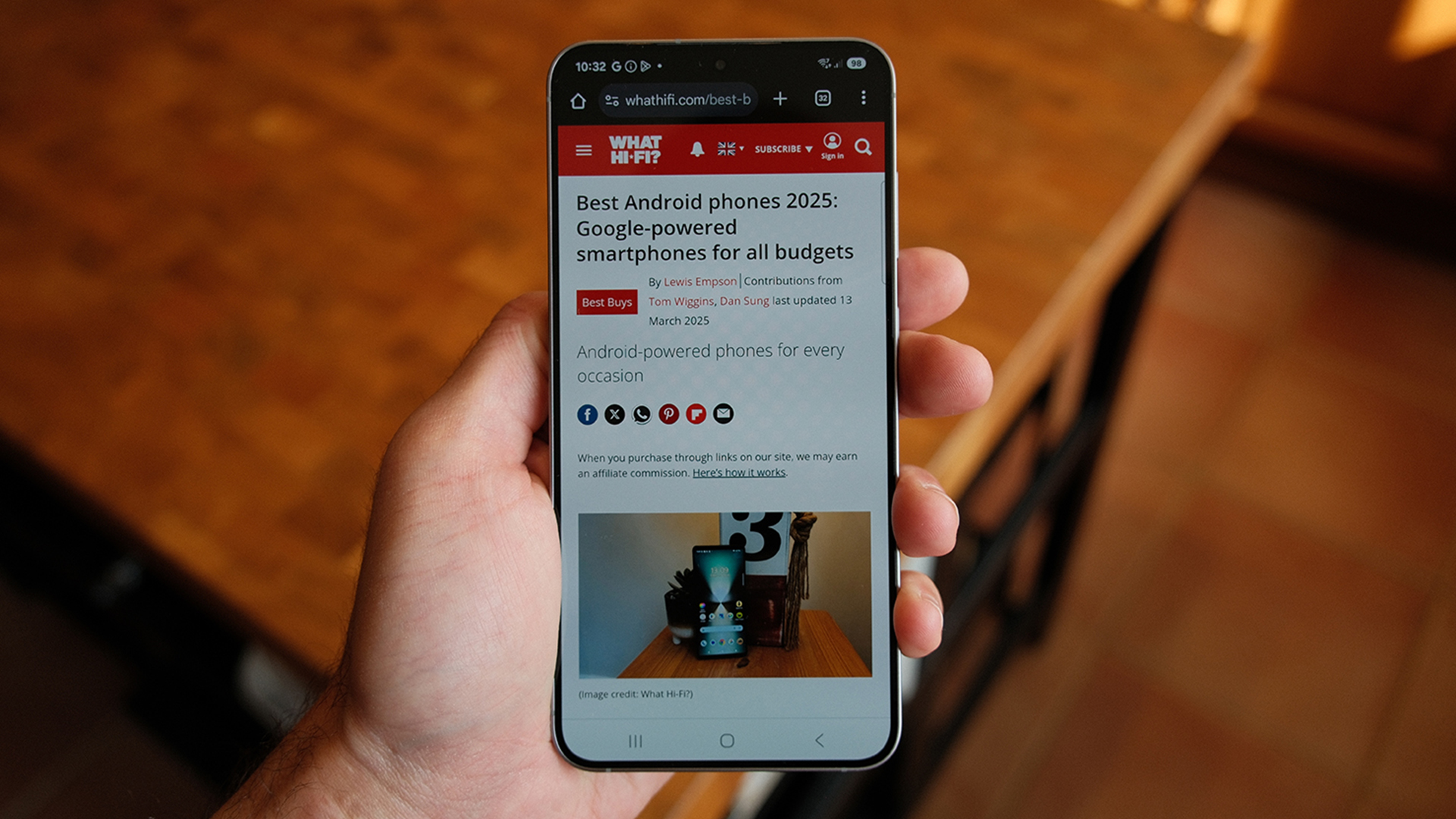
The Galaxy S25 Plus represents Samsung at its most accomplished, delivering a refined flagship experience that successfully balances premium features with more sensible pricing. While it may not represent a revolutionary leap forward from previous generations, it offers the kind of iterative excellence that makes for an outstanding daily driver.
For Android users seeking a premium smartphone experience, the Galaxy S25 Plus makes a compelling case. The build quality rivals anything else in the market, the display delivers vibrant, engaging visuals for entertainment, and the performance capabilities ensure smooth operation across all tasks. Battery life comfortably handles full-day usage, too, while the comprehensive feature set covers all the essential smartphone bases.
The comparisons with Apple's iPhone 16 Plus are inevitable given their similar pricing, and while Samsung's device doesn't quite match its rival's picture contrast or audio subtlety, these differences become apparent primarily through direct side-by-side analysis. Most buyers will find the Galaxy S25 Plus's AV performance more than satisfactory for their entertainment needs.
Perhaps most importantly, the Galaxy S25 Plus offers most of the Ultra's premium features without the price premium, making it the logical choice for buyers who don't require the S Pen or the absolute best camera system Samsung offers.
The generous 256GB base storage – double that of the iPhone 16 Pro at the same price point – makes it particularly attractive for users who prefer owning their media files and rely on local storage for high-quality playback. In the Android ecosystem, it stands as a superb, premium choice that delivers excellent value.
For existing Galaxy S24 or S23 Plus owners, the improvements may not justify an immediate upgrade. However, for those with older devices or considering a switch to Samsung's ecosystem, the Galaxy S25 Plus provides a compelling entry point to flagship Android performance.
SCORES
- Picture 4
- Sound 4
- Features 4
MORE:
Also consider the Samsung Galaxy S25 Ultra
Read our review of the Apple iPhone 16 Pro
Read our Sony Xperia 1 VI review
Best smartphones: the best phones for music and movies

- Lewis EmpsonSenior Staff Writer
- Tom Parsons
You must confirm your public display name before commenting
Please logout and then login again, you will then be prompted to enter your display name.
